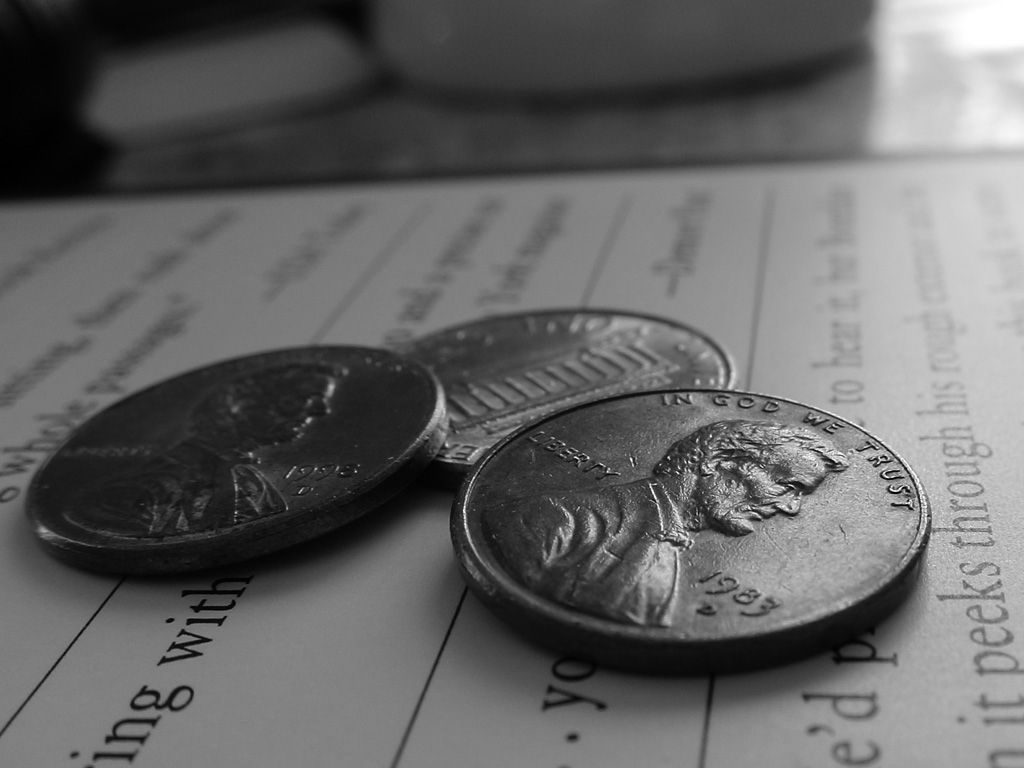
by Scott Howard | May 6, 2013 | Monday Money, Really? The Personal ScLoHo
When you are deciding between buying two things, do you ever consider a third option?
I’m thinking of a very specific third option :
- Buy item A
- Buy Item B
- Don’t buy either A or B
This Monday Money article is about saying no.
When I first went grocery shopping with my wife several years ago, i noticed what i thought was a particular habit.
Right before checking out, she would go through her shopping cart and pick something that she was not going to buy and take it out, put it back on the shelf before she paid for the rest of her stuff.
This practice of saying no to something that she wanted, helped her develop the self discipline to say no to getting everything she wanted.
This was her version of option 3.
I was looking last week for an item for work and spent 20 minutes comparing option A vs. option B. Neither was exactly what I was looking for and not going to be a solution to the problem I was wanting to solve. So I walked away and decided to wait.
Over the weekend, I went to a different store and spent less and got exactly what I was looking for. It was considerable less than what I would have spent if I bought from the first store.
Do you ever choose option 3?
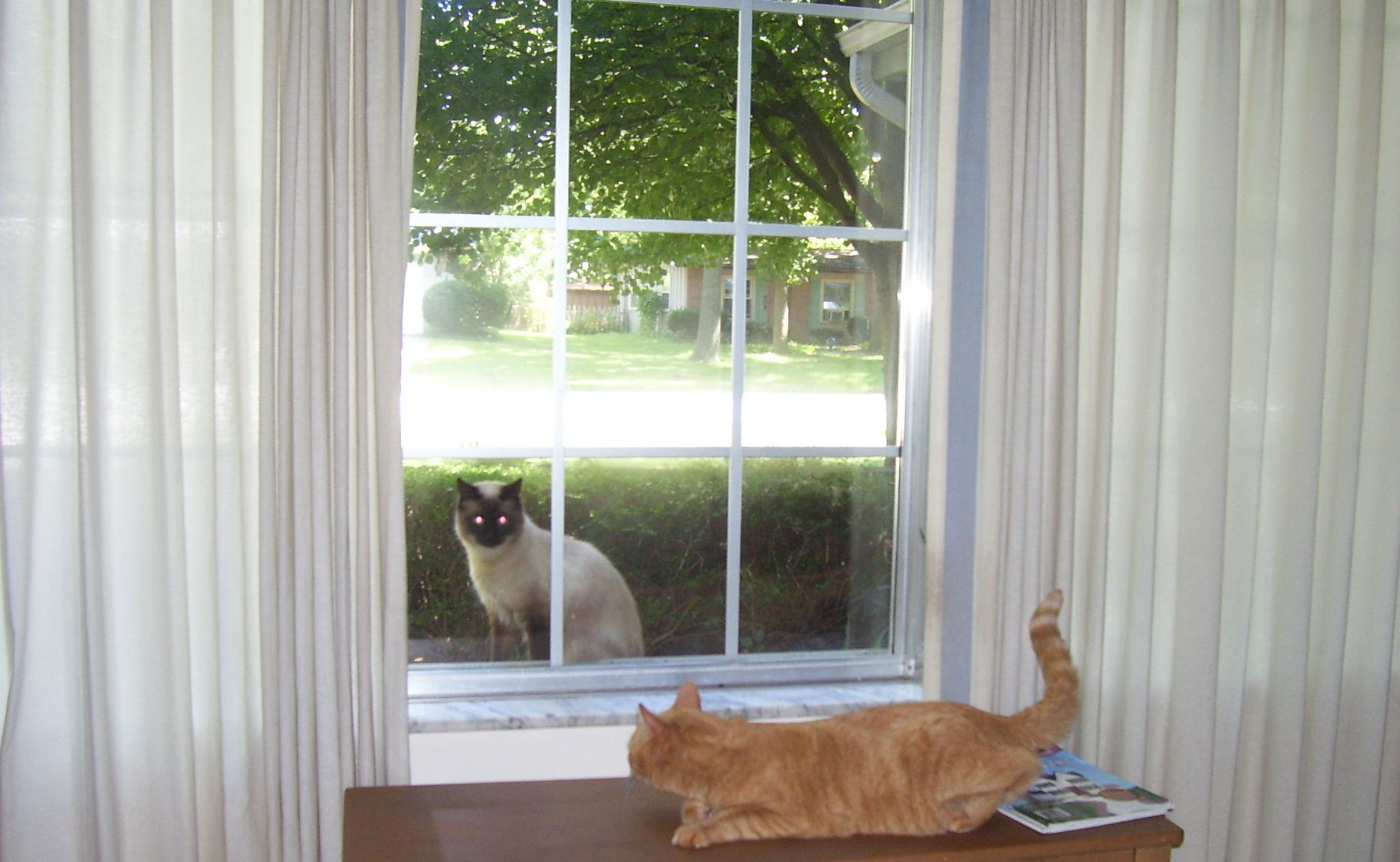
by Scott Howard | Apr 29, 2013 | Monday Money, Really? The Personal ScLoHo
What’s better, the lowest price or the best quality?
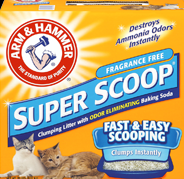
Cat Crap Stuff
It depends, and it’s entirely up to you.
This Monday Money stems from a conversation I had with a friend about cat litter.
He noticed that in Sundays paper the price ranged from 9 to 15 dollars for 20 pounds of poop powder.
By the way, this friend does not yet own a cat, he’s just considering it and figuring out the cost.
For the past dozen years my wife and I have had 1 or two cats and I’m the cat litter guy.
I told him, forget the price, all of the brands he was looking at are inferior to the Arm & Hammer brand I usually buy.
He thought I was crazy. After all this is the stuff that your cat pees and poops in and then you throw it away. What difference does quality make?
Quality regarding cat litter means odor control. It also relates to how often I have to scoop the poop and how often I have to do a complete change.
Spending $10 on a bargain brand of the stuff versus $20 on the litter I buy would be foolish if you truly count the cost in pure dollars. My $20 box is going to last more than double the days the cheap stuff lasts. Add in the other factors I mentioned and it’s easy to see why I spend more to save both money and time.
As you are looking for ways to spend less or make your money stretch further, I challenge you to go beyond the price and also consider the other factors. Perhaps you’ll uncover, like I did a few surprises that at first glance appear counter to saving, but are hidden values.

by Scott Howard | Apr 22, 2013 | Monday Money
Monday Money is a series I started late last year when my wife and I discovered we could cut $2,000 to $3,000 from our annual expenses.
Besides sharing the original steps we took, I’ve been occasionally adding additional tips.
Before we made the conscious decision to cut expenses, we were eating out most weekends, on both Friday and Saturday nights.
One way we cut back was to reduce the number of times we did this from 8 times a month, down to about 5.
That’s a 3/8 or 37.5% cut in the number of times we spent money paying someone else to prepare our food, serve us and clean up.
The portions at most restaurants are at least double what we should eat for one meal. We used to each buy our own meals, and take home the leftovers. That’s another way to save. If you were to look in our refrigerator, you’d find a collection of styrofoam.
A few years ago, after recovering from gallbladder removal surgery, my wife and I went out to eat one weekend and decided to split a meal that included shrimp, chicken, a small steak, veggies, and sweet potato. It was very filling and we discovered instead of spending $45 for the two of us, we spent $25. That’s a 44% savings.
.Try a combination of these ideas and I’m sure you can trim some of the fat from your dining out budget too.
- Eat Out fewer times per month.
- Eat a Portion of your meal and take the leftovers home for a second meal.
- Split your meal with your dining partner and spend less upfront.
As a point of reference regarding meal size, 40 years ago a meal from McDonalds used to be a regular hamburger or cheeseburger, small fries and a drink. (If you were good your parents would let you have a shake instead of a coke.) This was the standard meal for both kids and adults, except growing teenagers might get two burgers. Today, what I described is a Happy Meal, marketed to young kids only. For an excellent comparison of portion sizes, read this from Divine Caroline: http://www.divinecaroline.com/self/wellness/portion-size-then-vs-now


by Scott Howard | Apr 15, 2013 | Monday Money
It’s a dilemma lots of folks face.
Eat what you can afford or eat healthy.
Eat what’s quick and easy, or go hungry.
Alright, that last one isn’t going to happen, but the first one is a common problem.
After all, when you can get a pizza for $5.00 to feed a couple people, it’s tempting.
Today’s Monday Money is about food.
At our home we are down to two adults. All of the kids are gone & occasionally we have friends or family over to share a meal.
In our quest to see how we could save a few bucks, I looked at what we eat. I do a portion of the cooking and shopping for food.
Saturday night I prepared scallops with a garlic pepper sauce that a friend makes and served with stir-fry veggies and rice.
A pound of frozen scallops I bought a couple weeks ago for $5. The stir fry was a frozen bag of veggies with the rice included I picked up for a buck a few months ago.
In ten minutes I had a meal for two that we thoroughly enjoyed. Total cost was under $7.00. The night before we treated ourselves and a neighbor to dinner out and walked out with a bill for $50. It was also delicious but which would you rather spend?
Sunday I decided to plan my breakfast and lunch for the upcoming work week. A couple months ago I bought some plastic containers for a dollar apiece to transport my lunch from home to work each day. In my old job, I had lunch out every day at a cost of $5 to $10 a day or more if I was with a client. Now with my current position, I am in the office all day and have access to microwaves and refrigerators.
This week, my lunch will be less than $3 a day and much healthier than what I used to eat. Everything I bought was on sale. None of it involved a lot of preparation.
I packed my lunch for Monday, Wednesday and Friday in those plastic containers so they’re ready to grab and go each morning. Each container has 3 compartments which have
- Salad
- Fresh Carrots
- Cottage Cheese
I like crunchy foods. The carrots will be a snack. The cottage cheese will be my salad dressing. It’s healthier than most bottle dressings. I also have an apple each day.
Tuesday and Thursday this week will be my Tuna days.
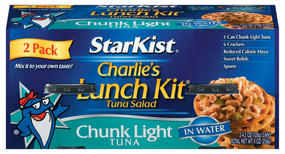 This has tuna, mayo, relish and crackers. You get to mix the ingredients to include as much or as little mayo you desire. I also have a couple yogurts that I’ll take and I might bring some soup. I found some pretty healthy varieties (except for the amount of salt) that I’ll bring Tuesday and Thursday.
This has tuna, mayo, relish and crackers. You get to mix the ingredients to include as much or as little mayo you desire. I also have a couple yogurts that I’ll take and I might bring some soup. I found some pretty healthy varieties (except for the amount of salt) that I’ll bring Tuesday and Thursday.
Breakfast will be different too. I’ve been spending about $4 a day each morning at Arby’s. I’m going to cut that down to 2 days a week instead of 5 and have cereal on the other 3 mornings before I leave home. Costs less and less calories.
The key to this has been to take it one step at a time, try a few things, allow some splurges but by planning it ahead of time, it works.
I still get my Diet Mt. Dew every day, but I’ve added three bottles of water each day too. My version of bottled water is to refill the bottle instead of buying bottles of water.
Do you have any tips to add to eat healthy on the cheap?

by Scott Howard | Apr 8, 2013 | Monday Money
Time to add an update to the Monday Money series I started last year.
Over the weekend, I replaced a kitchen faucet.
Big whoop, some of you are saying.
That’s kids stuff.
Except when you thought of yourself as being mechanically challenged.
First let me tell you about the savings.
If I would have had a professional plumber do the job, it would have cost between $300 and $500 including their mark-up on the fixture and supplies along with labor.
My cost was $102.72 for parts including the faucet and supplies and no out of pocket labor costs.
I did spend another 20 bucks for tools because I was missing a wrench.
The biggest challenge was removing the old faucet which involved a pipe cutter, hacksaw, pliers and a hammer. That plus working in a very tiny space were the biggest challenges.
This wasn’t a planned repair. But I was aware of a leak and when I saw the potential damage of waiting until next weekend, I had to move quick. I had a time deadline. It was 1pm and we were going to be leaving by 4:30pm.
Off I went to the store, picked out a replacement faucet, similar to what we had, except about 30 years newer.
I warned my wife that I may need to shut off all the water to the house, due to a lack of proper shut off valves under the sink and went to work. 4:15pm, everything was done and it was time for me to clean up.
Besides the $200 plus savings of doing it myself, there is also the savings of preventing future damage to our home due to leaky water pipes which can create mold, mildew, rot, decrease the value of your home and create hazardous living conditions.
I am not naturally handy. But I am curious. I would be a good detective, and it was that part of my personality that lead me to figure this out myself.
Are you willing to try Do It Yourself projects to save some money?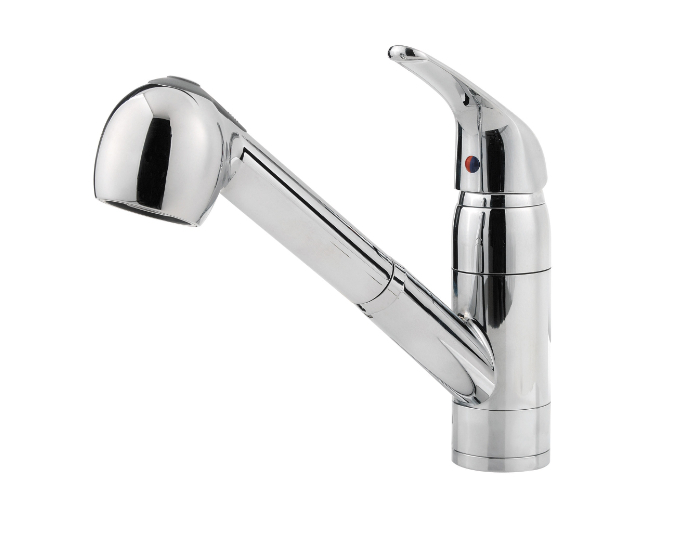

by Scott Howard | Feb 18, 2013 | Monday Money
In the past few weeks, I’ve noticed an influx of new readers and I want to introduce you to a regular feature I created last fall called Monday Money.
Monday Money was started to share with you some of the steps that my wife and I took recently to reduce our living expenses and to prepare ourselves to be more flexible for any career or income changes.
I was planning both as I decided to start the search for a different job, which ended last week with a new position that I’m starting today.
In order to confidently know what a decent salary we could live with, we needed to know what our living expenses were.
(The past ten years, my income has been some combination of commission and salary, so it would fluctuate from month to month.)
We discovered that certain expenses had been growing a little bit each month at a rate that it wasn’t noticeable when I paid bills online.
We found a way to trim over $3,000 a year with minimal changes. Plus a few other ways to save too.
Here’s the review:
- First off, I was paying Google extra money for some premium features, that I could live without. So, I made some changes and saved the 1st $50.
- Next I did some changes with our auto insurance which results in an $1100 savings.
- How about saving over $1000 on home internet, cable tv and phone service? And sticking with Comcast? Yep, we did it.
- Cellphone service was another money pit. First I had to go back to my old Droid and make sure it would do what I needed.
- Then we switched to a prepaid service that saves us over $900 a year and still uses the Verizon network.
- Are you buying your coffee at 4 or 5 bucks per latte? Or paying nearly 2 dollars for your favorite carbonated caffeine?
- Carpet cleaning, exercise, and giving yourself permission to save sometimes was next.
- My wife has become an advocate for buying used. Twice she organized and hosted a local Thrift Style Fashion Show.
- There’s the dreaded idea of budgeting, made a little less intimidating.
- Talk about your buying style and how to save.
- Talk about waste and what to do about it.
- I even shared some of entertainment changes last week.
- And we had to throw some humor in too.
- But the reality is we were all hit with a smaller paycheck this year, so this is serious business.
I am not planning on continuing this series every Monday, but I will add more Monday Money tips from time to time. Meanwhile, there are plenty of others who have wisdom to share on this subject.






